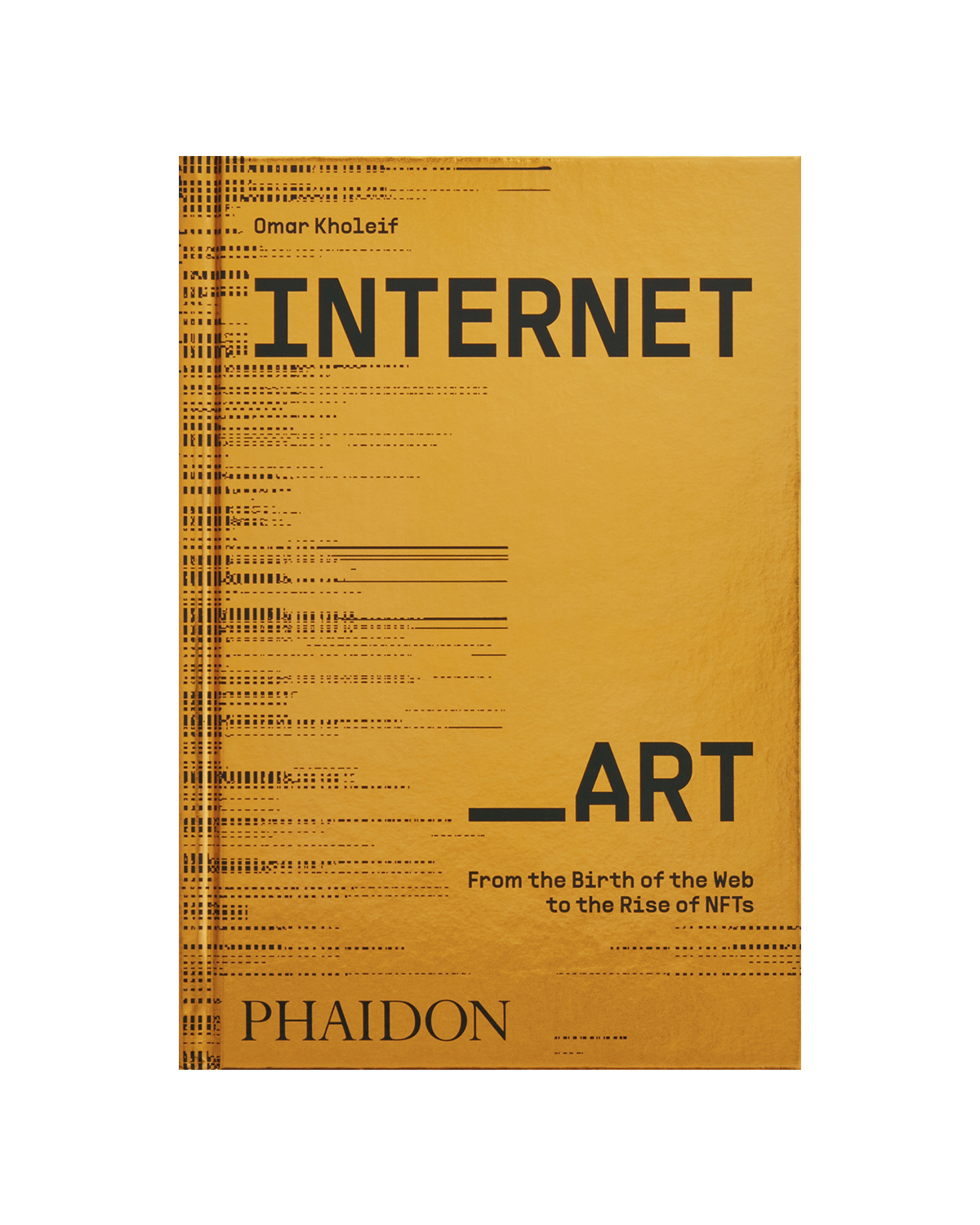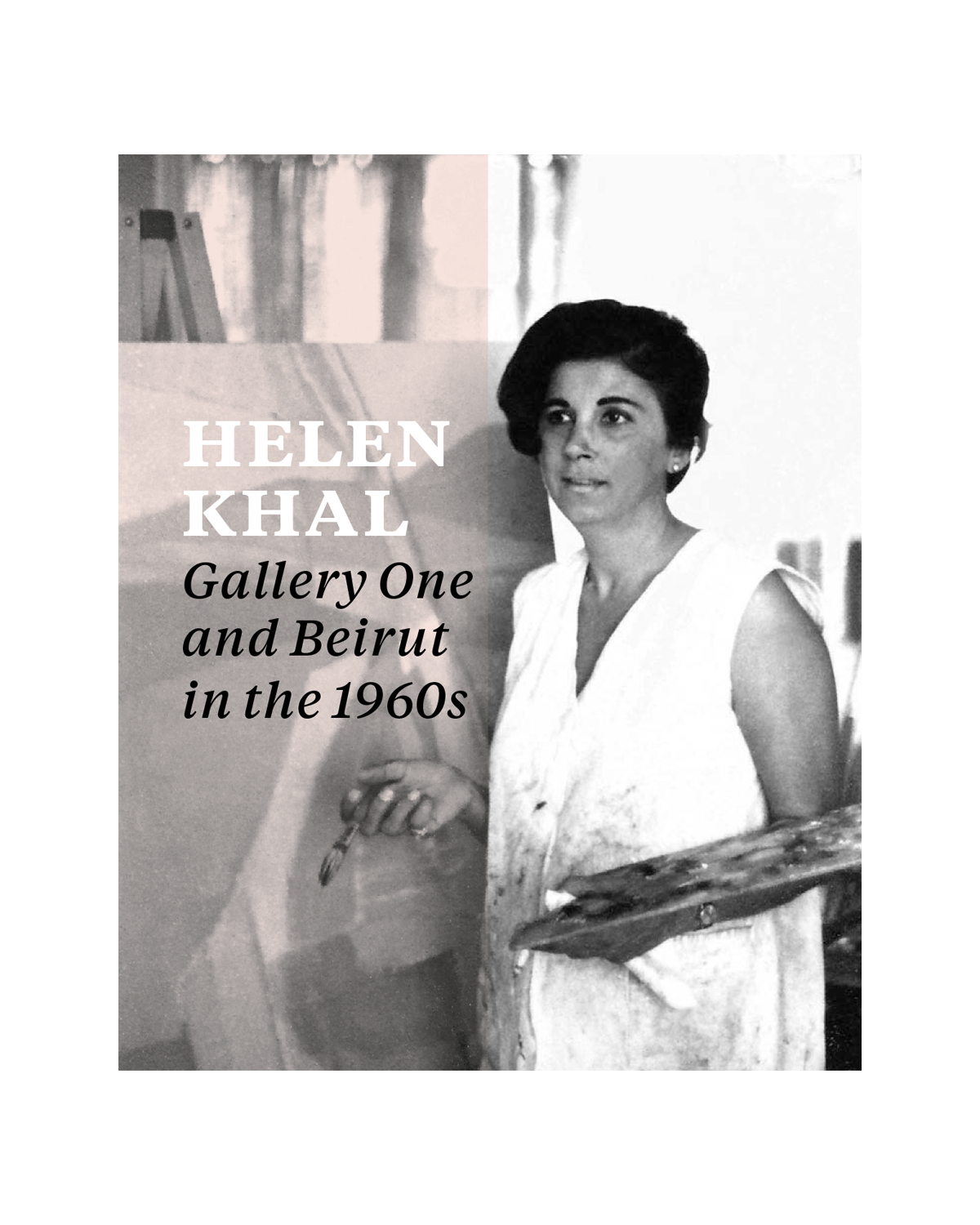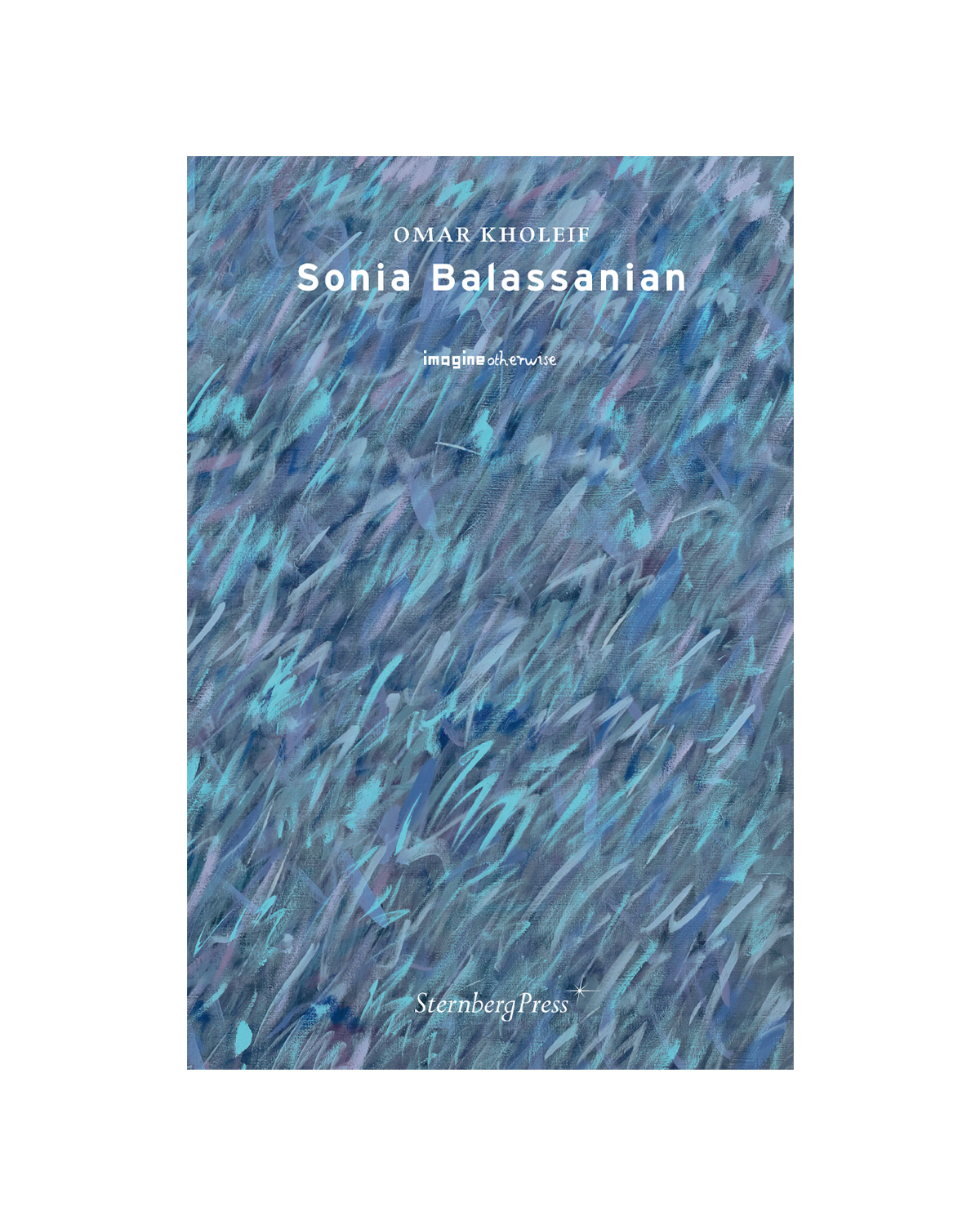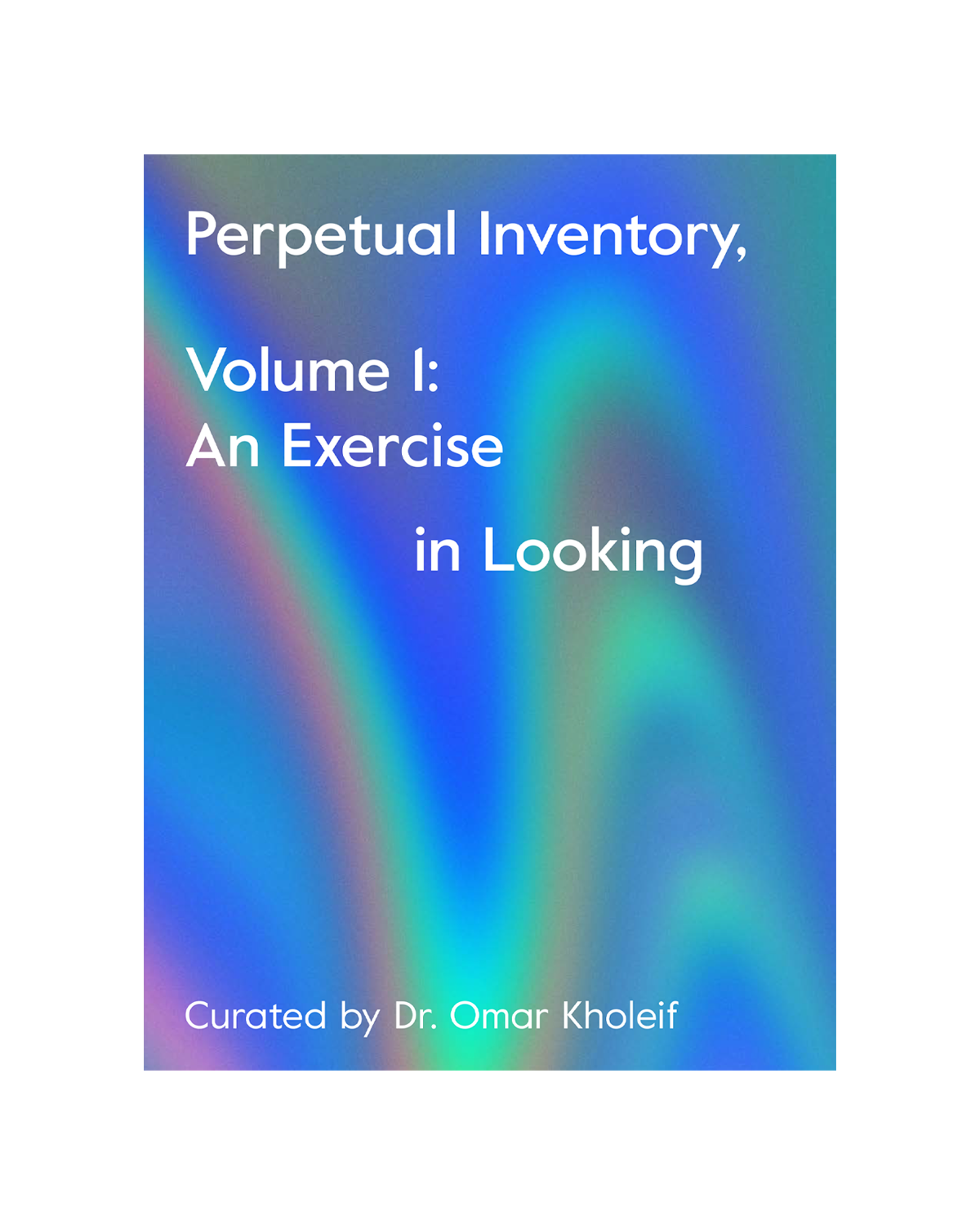-

Internet_Art: From the Birth of the Web to the Rise of NFTS
One of the leading voices in digital culture presents an unprecedented contribution—a memoir and social history of the art world since the dawn of WWW in 1989 through to the present. Profiled in the New York Times, ARTnews, Aesthetica, Publishers Weekly, among many others.
-

Helen Khal: Gallery One and Beirut in the 1960s
Rarely seen archives—personal photographs, newspaper clippings and diary entries, illuminate the life of the late artist Helen Khal—one of Lebanon’s leading creative forces. Co-edited by Carla Chammas, Rachel Dedman, and Dr. Omar Kholeif, with Christine Tohmé, this distinct publication uses the frame of Helen Khal’s life to enter and unfurl the often muted histories of Beirut in the 1960s and beyond.
Co-published with Sternberg Press, available Summer 2023.
-

Imagine Otherwise, Vol. 2: Magda Stawarska
Magda Stawarska immerses audiences into soundscapes that are woven into multi-disciplinary installations of photographs and painted landscapes. follows the artist on a journey through and across multiple cityscapes, revealing her enveloping practice of “inner listening”. Together, readers will travel with the artist through scenes and performances in exhibitions from the Tate Modern, London to the New Museum, New York and beyond.
Forthcoming in Spring 2024.
*Further series announcements are forthcoming -

Imagine Otherwise, Vol. 1: Sonia Balassanian
Enter the New York art scene of the 1970s and ’80s with fresh eyes. Award-winning author and curator, Omar Kholeif, weaves us through the many worlds of Sonia Balassanian, an Iranian American artist of Armenian descent who came to renown with her political art in the 1980s and early ’90s. In these pages, the author delves into poetry and Lyrical Abstraction, as well as collage and portraiture developed in response to the American hostage crisis in Iran. Travel from the exhibition halls of MoMA, New York, to the monasteries of rural Armenia.
Edited by Rebecca Morrill.
Co-published with Sternberg Press, available now.
-

Perpetual Inventory, Vol. 1: An Exercise in Looking
This publication coincides with the group exhibition Perpetual Inventory, Volume 1: An Exercise in Looking, the first in an ongoing series of exhibitions curated by Dr. Omar Kholeif at The Third Line, Dubai, and internationally. The book includes a tongue and cheek exhibition essay reflecting on the “art-industrial complex”, original poetry developed in collaboration with Blake Karim Mitchell, artwork reproductions, a photo essay entitled, Topography of a Year, as well as some highlights from Dr. O's Pop Shop.
Designed by Nadine Muhtadi
Co-Published with The Third Line -

Lalitha Lajmi by Skye Arundhati Thomas
Lalitha Lajmi was born in 1932 in Kolkata, India and died in India on 13 February 2023 soon after her first museum survey exhibition at The National Gallery of Modern Art, Mumbai. Lajmi’s initial fervor for the creative arts would be limited by her lived circumstances. A single mother, Lajmi set up her first studio in the garage area of her home, working on her multivalent practice—primarily through painting, long into night. Her initial investigations began with realism before moving into expressions of Tantrism and the concept of the Bindu, made manifest through a deep sense of interiority.
For further information or to preorder, click here.
-

Simone Fattal by Hans Ulrich Obrist with an essay by Omar Kholeif and an afterword by Rasha Salti
Simone Fattal (born 1942 in Damascus, Syria), trailblazing artist, publisher, and philosopher takes center stage in this deeply personal volume that explores the details of her life and work. In this intimate volume, close friend and confidante, the curator, Hans Ulrich Obrist delves into the artist’s life and work—unearthing stories from both personal archives and memory.An essay by curator and commissioning editor, Dr. Omar Kholeif situates Fattal’s early artistic practice in the broader schema of art to emerge in Beirut in the 1960s, and an afterword by author and filmmaker, Rasha Salti, intersects literature and mythology.
For further information or to preorder, click here.

